Description
A Sambalpuri saree is a traditional handwoven ikat or sari (locally called sadhi) wherein the warp and the weft are tie-dyed before weaving. It is produced in the Bargarh, Sonepur, Sambalpur, Balangir district, Boudh District of Odisha. The saree is a traditional female garment in the Indian Subcontinent consisting of a strip of unstitched cloth ranging from four to nine metres in length that is draped over the body in various styles.
Sambalpuri sarees are known for their incorporation of traditional motifs like shankha (shell), chakra (wheel), phula (flower), all of which have deep symbolism with the native Odia colour red black and white represent true Odia Culture alongwith Lord Kaalia(Jagannatha)’s face colour,
Two versions of Jagannath iconography but the highpoint of these sarees is the traditional craftsmanship of the ‘Bandhakala’, the Tie-dye art reflected in their intricate weaves, also known as Sambalpuri “Ikkat”. In this technique, the threads are first tie-dyed and later woven into a fabric, with the entire process taking many weeks. These sarees first became popular outside the state when the late Prime Minister Indira Gandhi started wearing them. In the 1980s and 1990s they became popular across India. To provide protection to the weavers practicing this art, the handloom silk sarees manufactured in Sambalpur and Berhampur (Berhampur Pattu) in Odisha were included in the Government of India’s Geographical Indications (GI) registry.
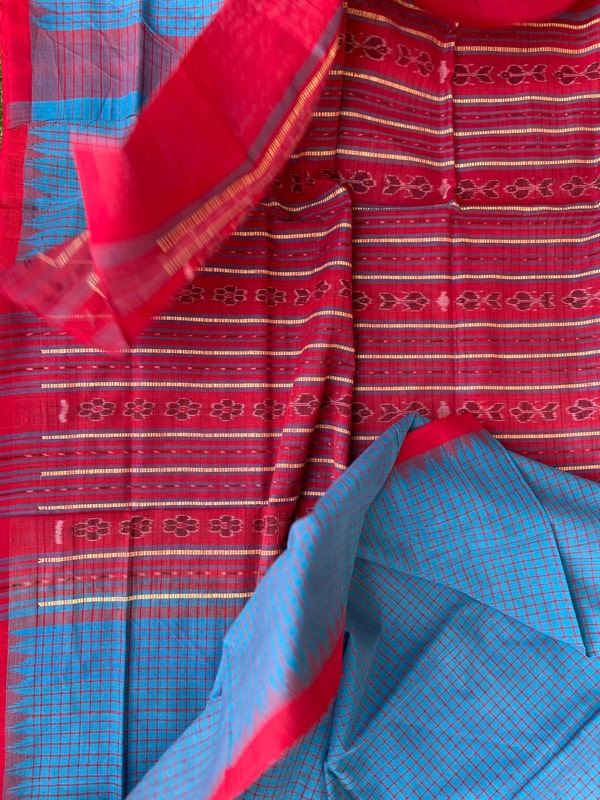
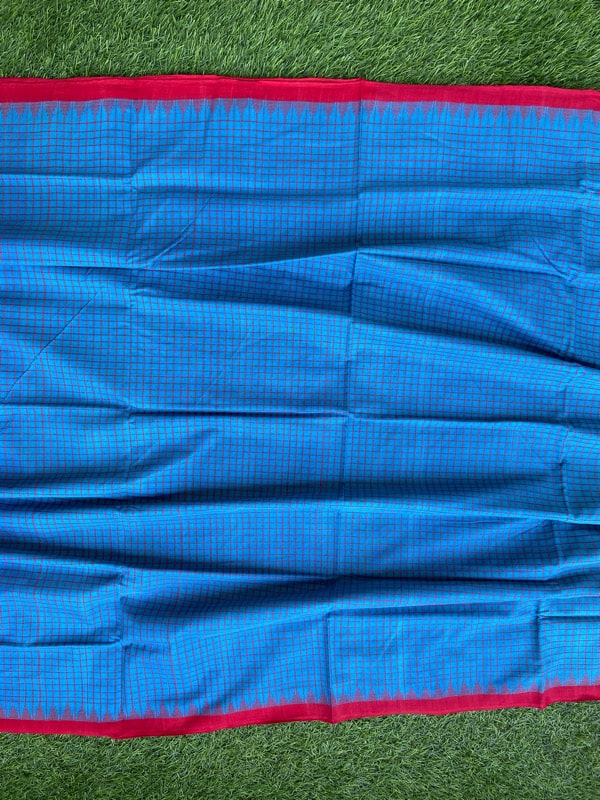

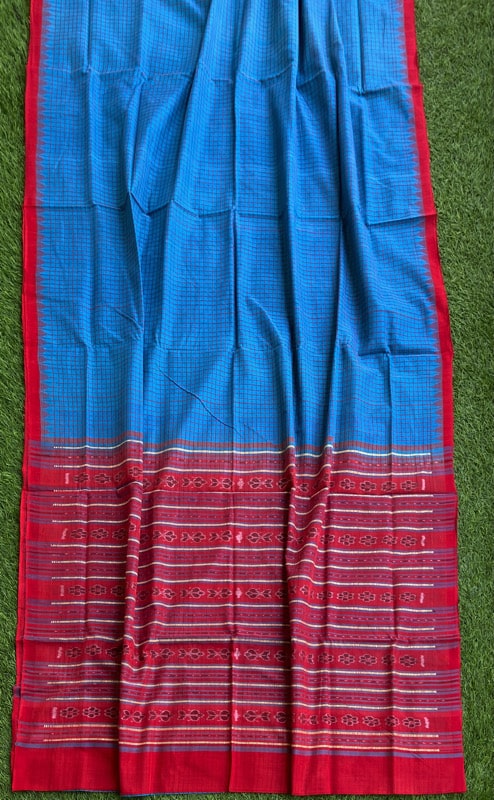
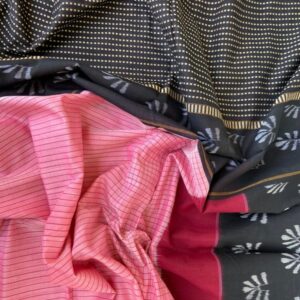
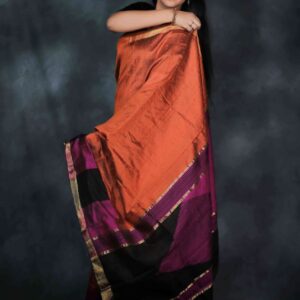
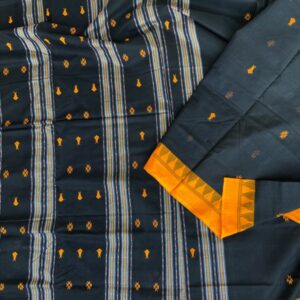
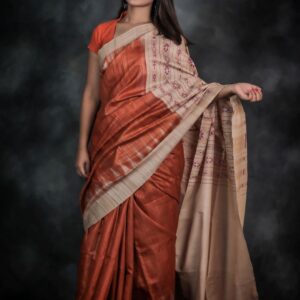
Reviews
There are no reviews yet.